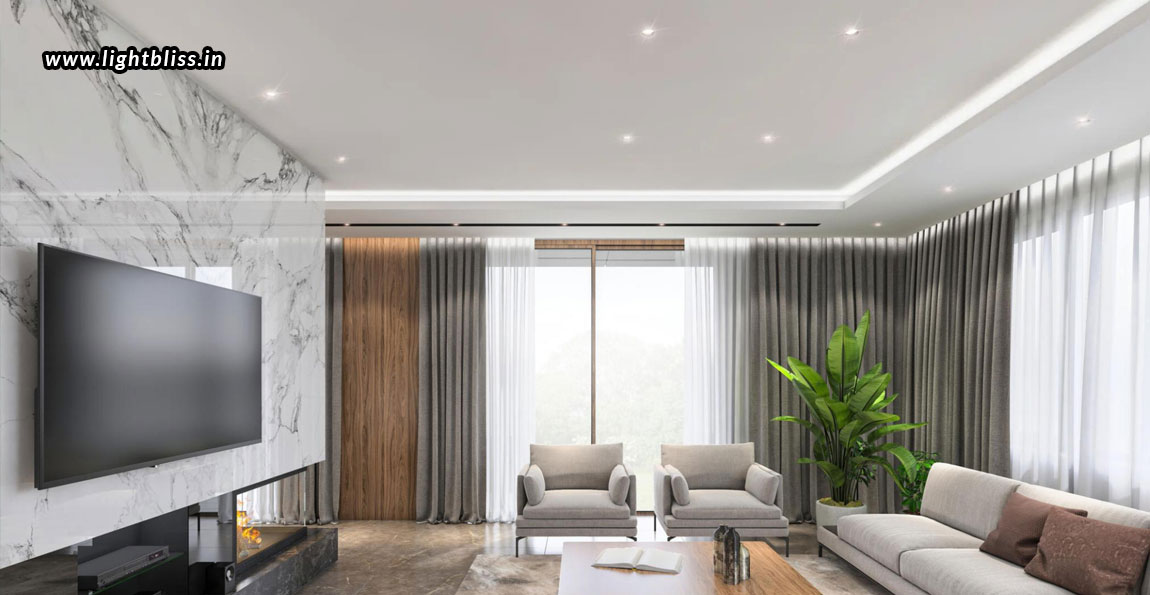In a time when sustainability and environmental consciousness are growing, choosing lighting technology has become more than just choosing a means of lighting a space—it’s a commitment to environmental care. Light Emitting Diode (LED) lights have become the industry leader in the quest for affordability and energy efficiency among the multitude of solutions available. Their cutting-edge technology and creative design not only optimize lighting but also save energy and lessen carbon emissions. LED lighting represents a change in lighting towards more environmentally friendly methods. It gives both consumers and companies the chance to make a good impact on the environment while saving money over time and reducing energy costs. LED lights are an increasingly important option as the market for environmentally friendly solutions grows. This blog examines the cost-effectiveness, environmental impact, and energy efficiency of LED lighting in order to highlight its eco-friendly features. LED lighting makes a strong argument for adopting sustainable lighting solutions for both consumers and enterprises, since it may reduce carbon footprint and utility costs.
Understanding energy efficiency
Compared to conventional lighting sources, LED lights exhibit a remarkable efficiency in turning power into light, thanks to their use of semiconductor technology. Their efficiency expresses the quantity of light produced per unit of energy used and is measured in lumens per watt (lm/W). With significantly higher effectiveness, LED lights perform far better than incandescent and fluorescent bulbs in this area. Because of its increased efficiency, LED lighting uses less energy and emits less greenhouse gases, which makes it an important component of environmental sustainability initiatives. LED lights efficiently brighten places while also encouraging energy saving and minimizing climate change thanks to their use of semiconductor technology. Energy efficiency and environmental responsibility are becoming more and more important to businesses and consumers, and using LED lighting is a big step towards achieving these objectives while enjoying the benefits of cost savings and long-term sustainability.
Cost savings through LED adoption
LED lighting fixtures may initially cost more than more conventional lighting solutions, however over time, the advantages of LED lighting outweigh this initial outlay. Because LED lights last longer and need to be replaced less frequently, companies may save money on maintenance and have less downtime. Furthermore, over the course of their operating lifetime, their exceptional energy efficiency guarantees significant power bill savings. In the long term, LED lights are an affordable and ecological option since they use less electricity, which helps to significantly lower energy costs. Although there is an initial cost, LED lighting systems are a wise investment for companies looking to maximize operational efficiency, save costs, and support eco-friendly practices because of their longevity and continued benefits.
Environmental impact of LED lighting
LED lights are inherently environmentally friendly as they produce very little heat and don’t involve harmful elements like mercury, which are frequently present in fluorescent lamps. Their broad adoption contributes significantly to the mitigation of climate change and the promotion of environmental sustainability by lowering energy consumption and greenhouse gas emissions. LED components also have a longer lifespan and are recyclable, which reduces resource depletion and electronic waste. Businesses and consumers may actively support environmental conservation efforts while also enjoying energy-efficient illumination by selecting LED lighting systems. Since this environmentally friendly strategy supports global sustainability objectives, LED lights are the go-to option for people who are dedicated to lessening their environmental impact and fostering a healthier world for coming generations.
Practical considerations and implementation
Businesses and consumers alike should give top priority to features like colour temperature, brightness, and compatibility with current fixtures when assessing LED lighting solutions. Using LED lights to retrofit existing lighting systems is an affordable way to maximize energy efficiency and save money without having to replace everything entirely. Working together with energy consultants and lighting experts is crucial to helping businesses make the switch to LED lighting. These professionals may provide advice on the best ways to choose products, arrange them, and install them so as to maximize performance and return on investment. Businesses can confidently negotiate the challenges of LED adoption by using their experience, and in the end, they will profit from increased efficiency, lower operating costs, and a smaller environmental impact. This cooperative approach emphasizes how crucial it is to make well-informed decisions and develop strategic plans in order to fully harness the potential of LED lighting solutions.
LED lights are an environmentally friendly option for energy efficiency and savings in a time when cost and sustainability are prioritized. With its increased efficacy, extended lifespan, and reduced environmental impact, LED technology is paving the path for a more environmentally friendly future. Adopting LED lighting solutions promotes environmental consciousness while lowering utility costs and carbon footprints. Businesses such as Light Bliss for lighting Ahmedabad are essential to this change, as they offer cutting-edge LED solutions that support sustainability objectives and pave the way for both businesses and consumers to have a brighter, greener future. Together, LED technology and pioneering companies like Light Bliss pave the way for a sustainable and eco-friendly tomorrow.










